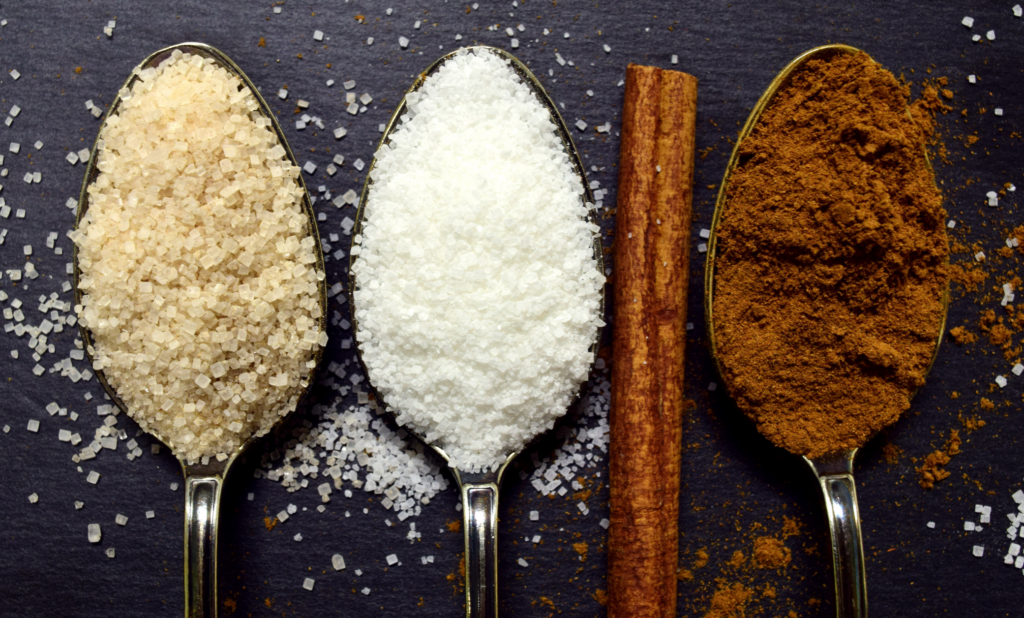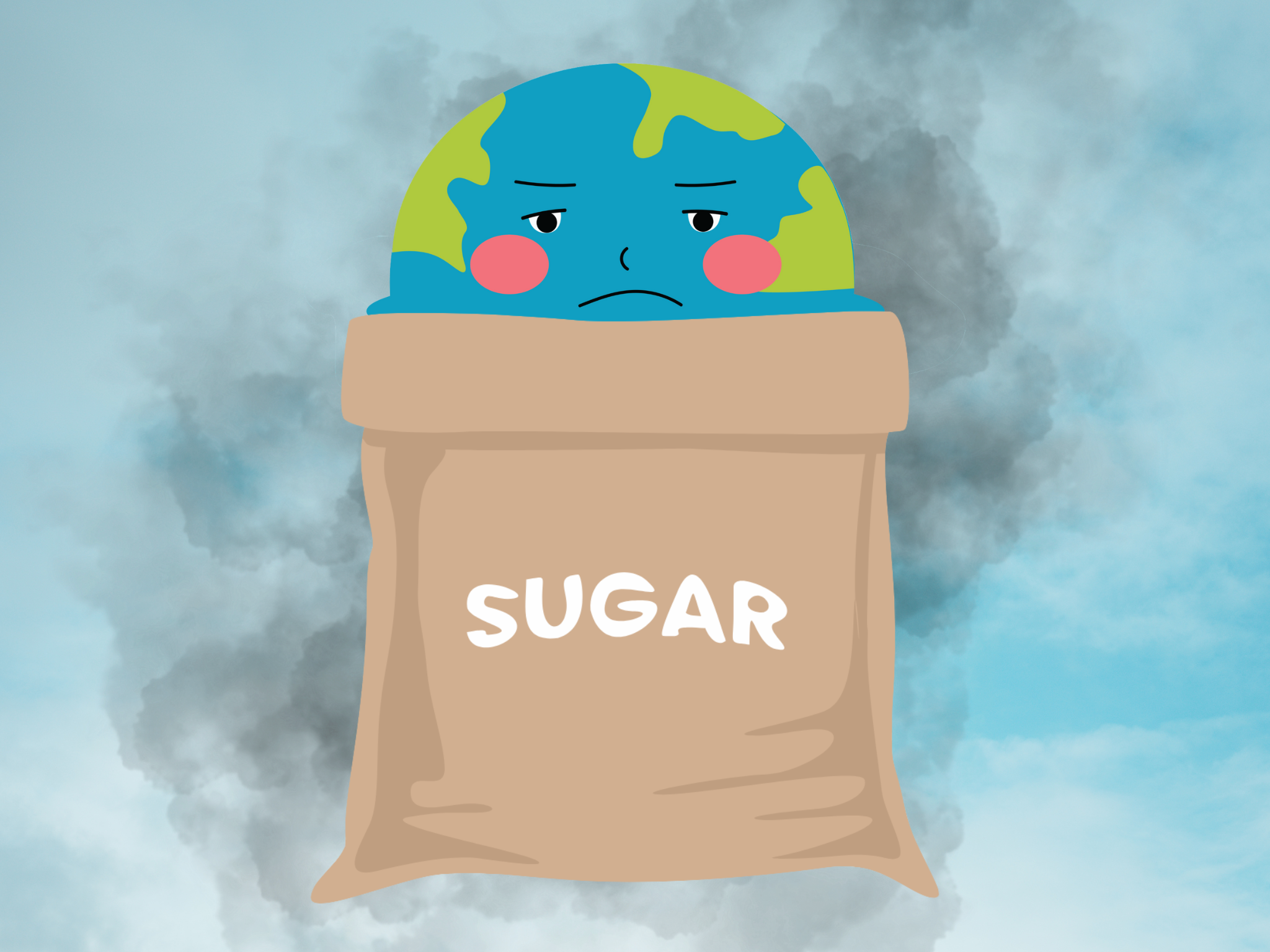5 Mins Read
A new study explores how we can transfer sugar intake from our diets into making products beneficial to the climate.
In the last 30 years, the number of people with diabetes has doubled (making up 12% of the adult population), and 95% of them have type 2 diabetes. Meanwhile, in a decade’s time, half of the world could be overweight or obese, causing $4.3T in global economic costs.
One of the major culprits for the rise in these conditions is sugar, an ingredient whose intake has quadrupled over the last 60 years. Today, roughly 8% of human calories come from sugar. But added sugars are empty calories linked to a host of ailments, including cardiovascular disease, cancer, and yes, obesity and type 2 diabetes.
It’s why countries across the world have been on a drive to cut sugar consumption, although as a $68B market with over 100 million people who make a living from it, policy interventions like sugar taxes carry a certain degree of controversy.
But reducing sugar won’t just improve human health – it could also be highly beneficial for the planet, according to a new study published in the Proceedings of the National Academy of Sciences journal. The authors explore several ways to reduce or redirect sugar from our diets for environmentally beneficial acts in order to make the sugar transition more “politically palatable”.
To reduce or redirect? That’s the question

Sugarcane and sugar beets are the largest crops by mass, but their cultivation has led to massive land use changes, water uptake, and agrochemical runoffs, resulting in significant biodiversity loss. But the impact of lowering sugar consumption as a climate solution has been largely overlooked, thanks in part to its high caloric yield per land area.
The researcher found that reducing added sugar intake to the recommended value of 5% of daily calories (as prescribed by the WHO) would free up 483 million tonnes of sugarcane and 128 million tonnes of sugar beets, opening up two sets of options.
In the first scenario, sugar production could be curbed and the spared lands could be rewilded or used to grow other locally significant food crops, boosting food security, albeit with greater environmental impact. Alternatively, this area could be reverted to natural vegetation, sequestering 99 million tonnes of CO2e over the long term.
Sparing this land could also have other benefits, such as improved climate resilience as natural vegetation is a more effective buffer. Diversifying into non-sugar crops can improve productivity, maximise profits and increase soil health, and growing them on spared sugar lands can avoid their cultivation elsewhere, increasing carbon efficiency.
The second option doesn’t involve reducing sugar production. What if you could take the added sugar consumed by humans and use it as a feedstock for microbial proteins, as fermentation startups do? This would provide the biggest climate opportunity, while fulfilling the needs of 521 million adults.
If this protein displaced chicken, it would reduce emissions by 250 million tonnes, a figure that rises sevenfold when replacing beef instead. This spared sugar could alternatively be used to produce enough bioplastics to replace 20% of the total polyethene market, or make nearly 200 million barrels of ethanol.
“Where sugar is redirected to other uses, sugar economies will be mostly left intact, but new sector-wide economic opportunities for energy (biofuels), food (protein), and carbon sequestration (in the form of employment, investments, research and development, etc.) will arise, increasing economic growth, especially in emerging economies where sugarcane is currently produced,” reads the study.
International collaboration could unlock the sugar transition

While the health and environmental benefits are lucrative, achieving these wins is a tall order. The sugar supply chain stretches to over 120 countries and multiple levels of stakeholders – and it’s backed by a powerful lobby.
To enable the sugar transition, we need demand and supply policies that consider a range of stakeholders. Take sugar taxes, for example. They cover around half of the global population, but it has hardly reduced the demand for the sweet stuff.
In South Africa, a sugar levy by the government prompted producers to use other sweeteners instead. This led policymakers to initiate a masterplan to increase local production and support the livelihoods of smallholder sugar farmers, indicating that taxes alone are likely not enough to drive cuts in production. But ad and labelling restrictions have also been ineffective, due to a combination of low public visibility, a lack of political will, and low revenues for governments.
The alternative sugar pathways the authors suggest would require a concerted international effort, given the vastness of the crop’s supply chain and its status as a highly regulated commodity.
One way to do this would be through a Sugar Transition Partnership, in the style of the Just Energy Transition Partnerships initiated at COP26. These collaborations can be instrumental for major producing and processing countries like Brazil, India and Thailand to encourage local industries to reduce production or divert the crop towards more beneficial uses.
This partnership could set up a fund to cover the transition costs through infrastructure development, training and R&D, as well as compensation for cases where livelihoods are compromised.
Resources for the refund could also include redirected finances from affluent nations as a result of avoided sugar-related health spending, development banks, and the private sector.
“Employing diverse advisory groups with multiple perspectives will be important to developing regional and country-specific master plans that deliver optimal sugar solution,” the authors write. “Ultimately, only a multidimensional, full-system approach can capture the cascading effects of phasing out, replacing, or better-utilising sugar while identifying strategies for global-scale sustainability interventions.”



